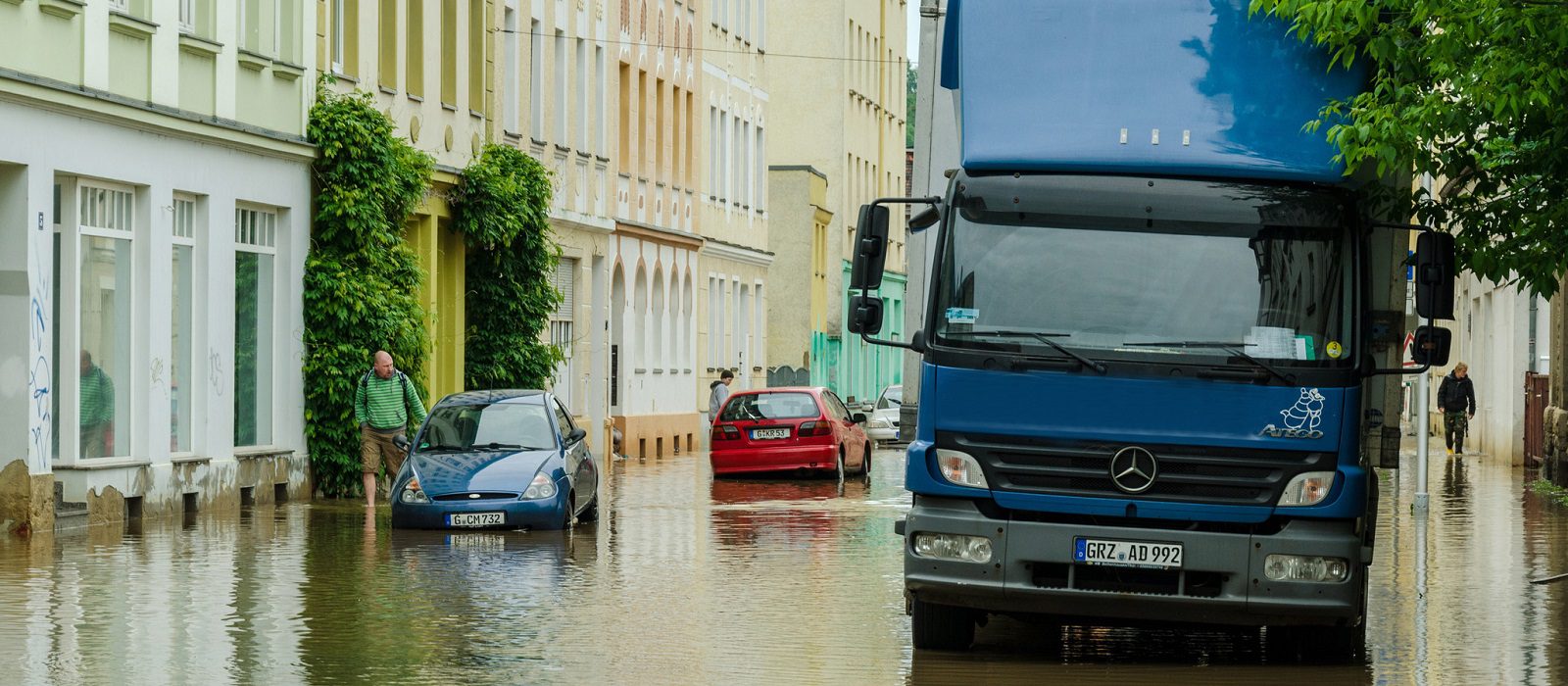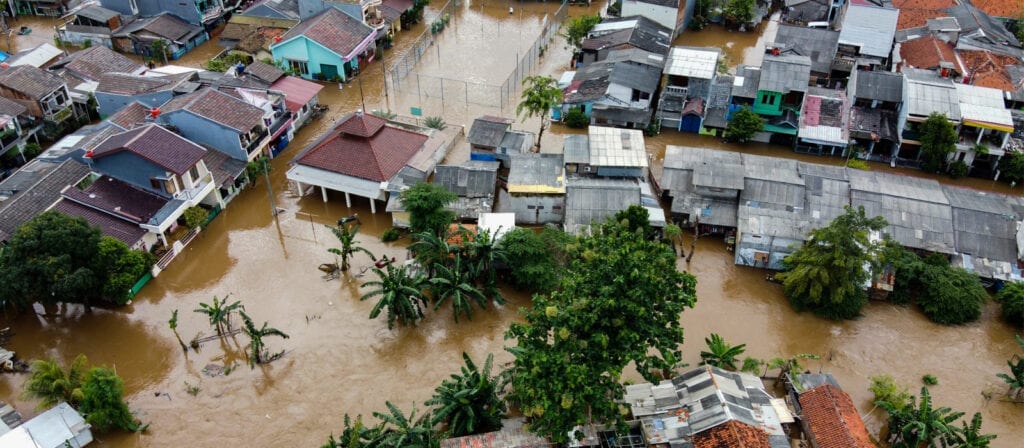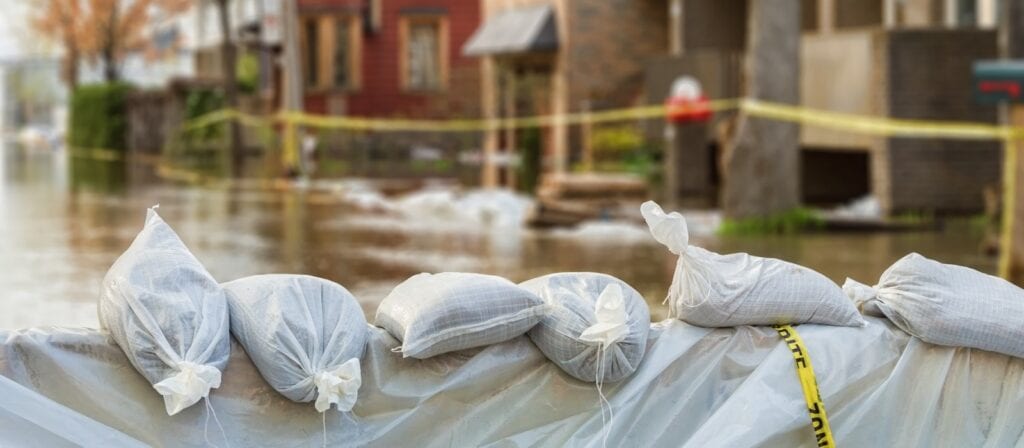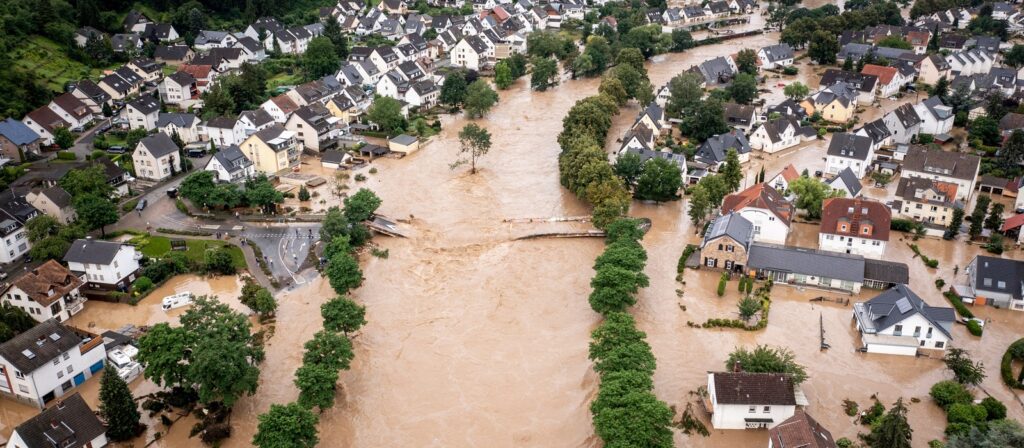Following increasing numbers of severe thunderstorms, heavy rain or floods in Germany and in order to protect its customers from the consequences of extreme weather, ICMIF member R+V Versicherung (R+V) has significantly expanded its insurance cover for natural hazards.
Climate change is increasing the risk of severe storms and R+V says no region is safe from torrential rain or flooding. “Many people think that heavy rain can only be dangerous on slopes or near bodies of water,” said Božo Bilić, an expert in residential buildings insurance at R+V. “But they lull themselves into a false sense of security. Even slight slopes, which exist practically everywhere, are enough for flash floods,” he continued. The reason being, if the water cannot seep into asphalted surfaces or dried-out soil, the large quantities of rain then make their way uncontrollably through streets and over properties.
In order to offer its policyholders the greatest possible security, R+V has developed the new “Natural Hazards Plus” module, which goes well beyond classic natural hazards insurance. In addition to flood, landslide or snow pressure, it also comprehensively covers damage caused by heavy rain and backwater. If water penetrates into a building through doors, windows or shafts during heavy rain, R+V Versicherung will compensate for the damage – even if the property was not flooded.
There are also extensions in the cover for backwater. If water flows back into the building from the sewers, R+V will reimburse the damage. This applies not only to sewage pipes in the house, but also, for example, to the drain in front of the cellar door through which rainwater is drained off. R+V’s natural hazard insurance compensates for damage to buildings and the inventory with no upper limit.
“The risk of heavy rain is particularly high in the warm season from May to September,” says Bilić and he recommends policyholders check their homeowners and household contents insurance in good time. “Older policies in particular do not cover all consequences due to natural hazards.”
Image source: R+V/iStock Images.






